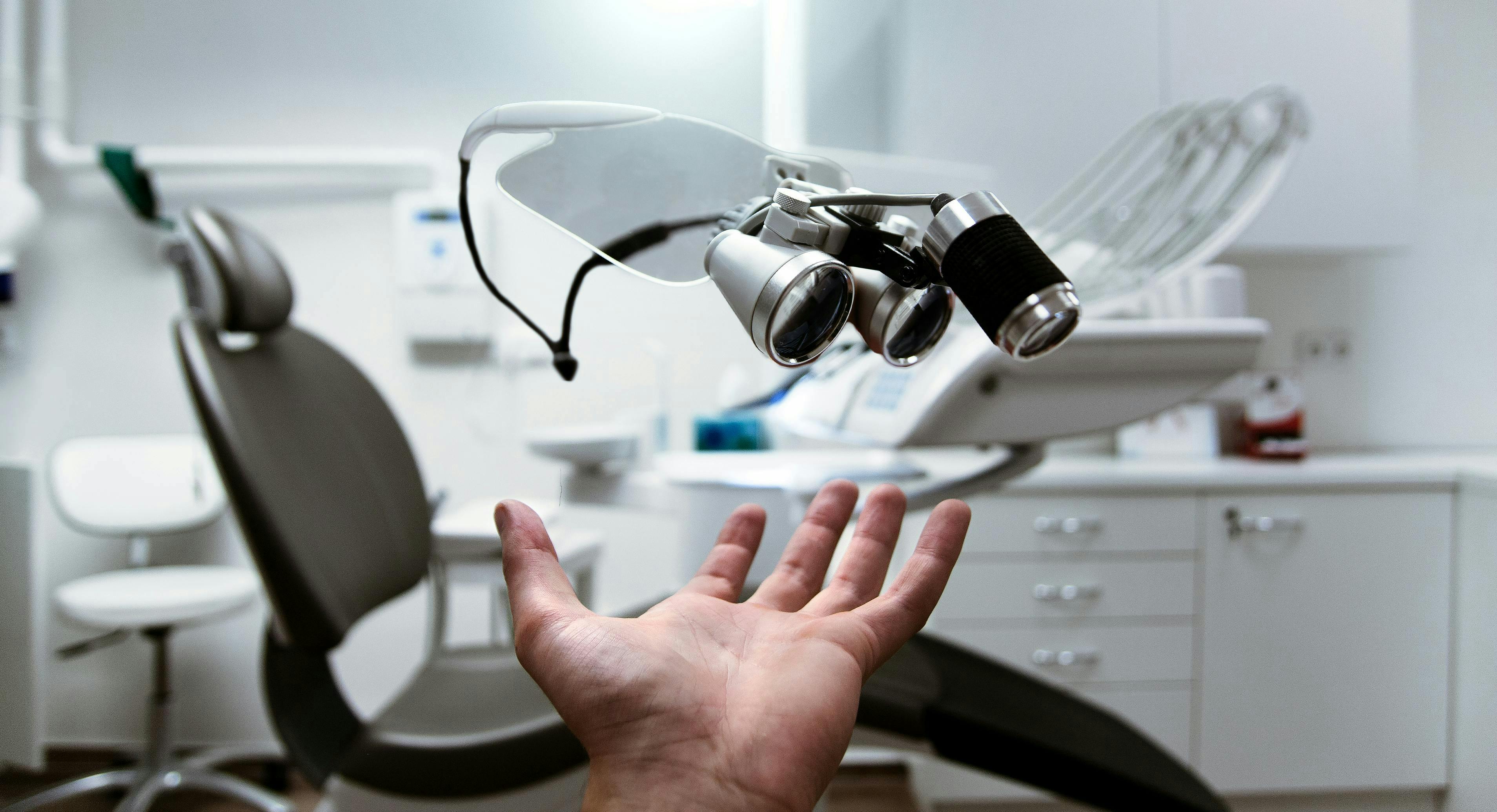The startup studying eye health in space
A team from the University of Plymouth and Bristol-based startup OKKO Health wants to study eye health in extreme environments.
What’s the most extreme environment? Space, of course.
Where is this project now? And why is studying eye health in such settings important? Let’s see for ourselves.

OKKO’s eye measurement app
From its conception, OKKO Health wasn’t thinking about bringing its technology to space.
The startup’s main product is a SaaS solution for accurate eye health self-measurement. The app allows measurement across multiple dimensions using a puzzle interface. It adds to digital health’s portfolio of gamification approaches.
The team was inspired to create the product after seeing how many ophthalmology patients in NHS clinic waiting rooms were just there for continuous eye health monitoring.
“I realized that we needed to make vision testing more accessible so it was easier for people with learning disabilities and [children], because our eye chart relies on people knowing their letters,” eye health researcher and OKKO founder Stephanie Campbell said. “And working at a hospital, I realized that there was a lot of information often missing from records. I thought, why can’t this be generated at home?”
But the team also intends to think bigger than bringing standard optometry home. They’re building new vision tests—like at-home macular degeneration monitoring—by developing predictive models that can detect vision problems earlier. The wealth of data patients can collect themselves makes this task easier.
Why extreme environment eye health?
Before bringing the OKKO app to space, the University of Plymouth researchers are beginning their tests on Earth—in caves and other dusty settings that mimic environments astronauts may face.
Yet, why take these measurements in space at all? Isn’t there enough of a vision testing need on our planet?
The team’s motivations are two-fold. First, astronaut vision is an important space health concern. For example, astronauts face a unique eye condition called Spaceflight Associated Neuro-Ocular Syndrome (SANS). While SANS is not yet fully understood, a leading theory is that microgravity’s effects on blood and cerebrospinal fluid may be to blame. Monitoring vision health can help researchers better understand these conditions—and screen astronauts for other health conditions whose symptoms appear in the eyes.
Second, the research project’s goals do have more to do with life on Earth than you may think. Yes, space is the ultimate extreme environment—and it ignites the imagination, which is probably why you’re reading this article.
However, as climate change causes more extreme weather, heat, and drought, more people live in extreme environments today. Understanding how that may impact eye health is a core part of how the ophthalmology field can prepare for its own climate crisis consequences.
As we encourage our industry to take climate change seriously—and fight back where we can—we look to such innovators who are using their products to address and shed light on the health impacts and inequities of climate change.